QuestionWe have had a little friend for about a year now--he/she arrived unexpectedly in an IKEA plant! We believe it is a North American Grey Tree Frog because it is a true chameleon, going from almost white to dark black, grey and green with spots. No yellow markings underneath though, so I was wondering if any other tree frog species (globally, since we're talking about a plant that could have come from a South American greenhouse to IKEA)can change color. Also, how "fat" should it be? We feed it at least 20-30 little crickets a week, but it is still fairly slim. Seems very happy, though! Thanks for your help--any tips on the species and proper care would be appreciated. Thanks--NYC Upper West Side frog keeper
AnswerHi Kate, Your description does not match any of the S. American species that I am familiar with but tree frog species are abundant down there. It really does sound like a N. American gray, they (two identical species) are rather renowned for their colour changing abilities. You should also be seeing an area of white under each eye that is edged in black. That's odd about the lack of yellow/ orange however. I should make sure you are aware that the yellow is a "flash colour". That means you only see it when the legs are extended, you won't see it when your frog is tucked up in daytime sleeping position. Take a look at this link: http://www.snakesandfrogs.com/scra/frogs/images/gray_treefrog_11r.jpg
It sounds like you may have a male, they tend to have a more angular body shape while the females are a bit rounder. Have you noticed him calling at all? The lengthening days and barometric pressure changes of spring usually trigger the males to call. The amount you are feeding sounds fine, you should also be supplementing with a calcium/ vitamin supplement about once a week. It comes as a powder that you dust onto the crickets in a "shake and bake" method. He should be able to take crickets that are as long as the width of his head. Use the distance between his eyes as a guide. I always recommend that a water conditioner be used for frogs, the same type used to treat tap water for fish. I've included a good care link for you although it sounds like you are doing fine with accidental pet. He may not have originated with the plant but hitched a ride from a greenhouse along the way. These areas provide a perfect environment for small frogs and lizards and they in turn provide natural pest control. I was always surprised and touched by how many people like you would come into our store and spend a fair amount of money to house a frog or baby anole lizard that had shown up with their house plant.
http://www.amphibiancare.com/frogs/caresheets/graytreefrog.html

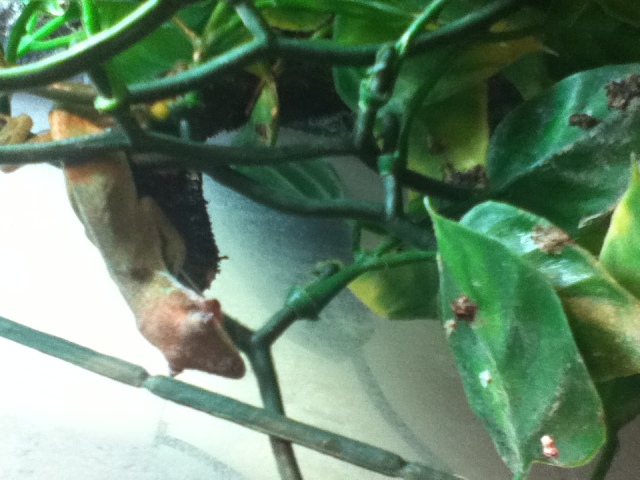 Sick Green Anoles
QuestionQUESTION: Hi, I have 2 Green Anoles who are rea
Sick Green Anoles
QuestionQUESTION: Hi, I have 2 Green Anoles who are rea
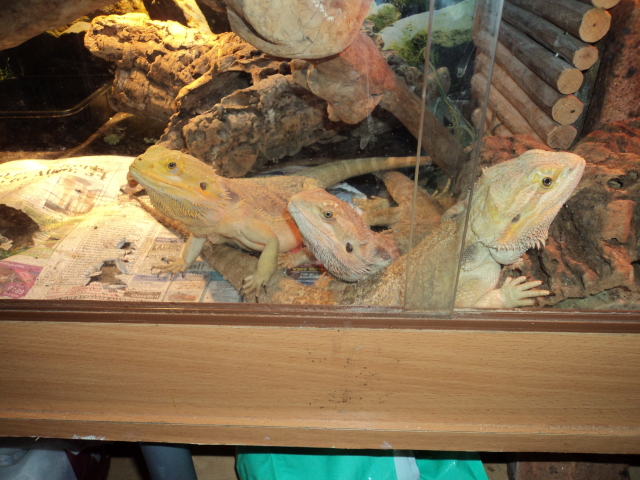 i need advise asap emergancey!
Question
koche ant the 2 girls
i have a 5 year old male
i need advise asap emergancey!
Question
koche ant the 2 girls
i have a 5 year old male
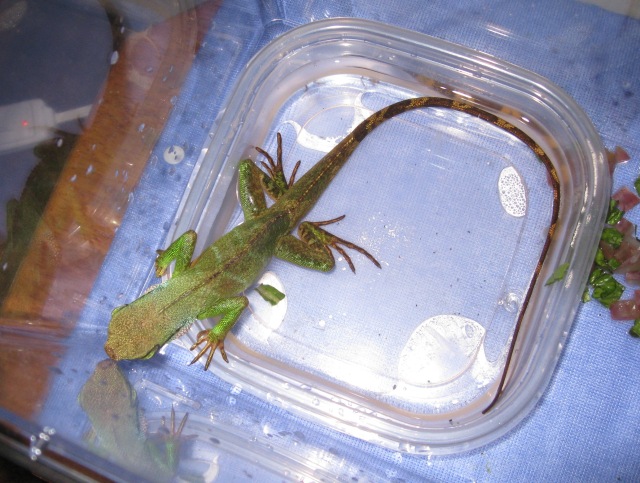 Help-Found American Water Dragon
QuestionQUESTION: My son found what appears to be an Am
Help-Found American Water Dragon
QuestionQUESTION: My son found what appears to be an Am
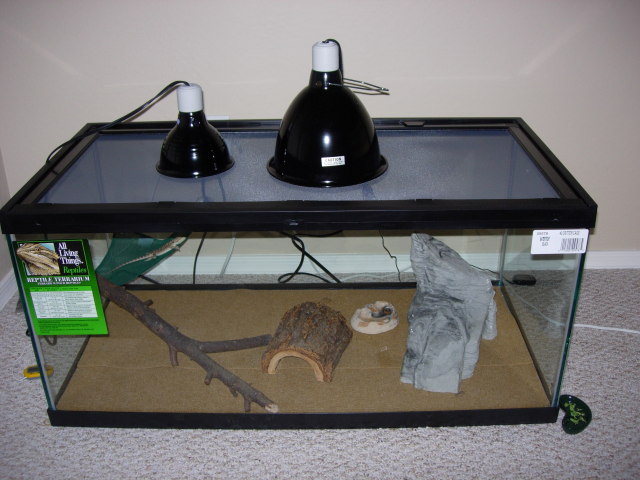 Bearded Dragon questions...
Question40 Gallon Terrarium wi
QUESTION: I have
Bearded Dragon questions...
Question40 Gallon Terrarium wi
QUESTION: I have
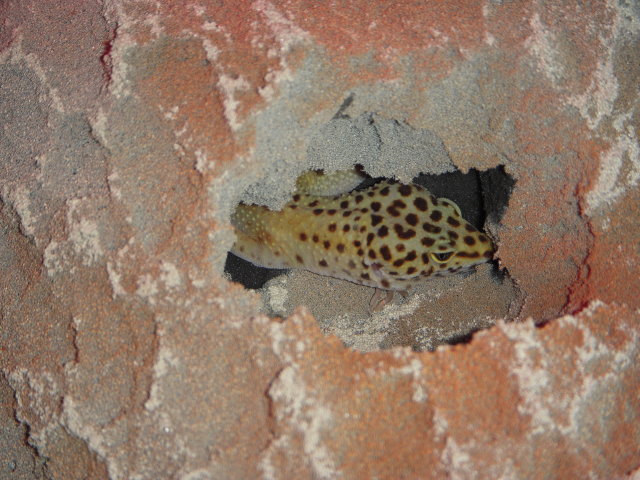 New 2 Leos
QuestionQUESTION: Hello Tracie,
I recently (four days
New 2 Leos
QuestionQUESTION: Hello Tracie,
I recently (four days